When you fire up your smart TV tonight and open Netflix, you might notice something new lurking in the interface. Netflix is making a bold move that could reshape how we think about streaming entertainment. The company has expanded its gaming service beyond smartphones to include smart TVs and streaming devices, according to Business Standard. It is more than a new menu tile, it is Netflix trying to turn your living room into a full entertainment hub where passive viewing meets interactive play.
The timing is no accident. Streaming platforms are bumping against subscriber limits and content costs keep rising. Netflix Co-CEO Greg Peters says the emphasis is on social gaming experiences built for the TV, as reported by Business Standard. The clever twist, your phone becomes the controller after a quick QR scan, no extra hardware needed, according to the same source.
What's actually available to play right now?
Netflix’s first TV lineup leans into group-friendly fare. Think living-room energy and pass-the-phone chaos. Party-style games include Boggle Party, Pictionary: Game Night, Tetris Time Warp, and Lego Party, Business Standard reports. These are not simple mobile ports. They were built to fit big screens and a room full of people.
Setup is straightforward. You need a smart TV or a streaming device like Roku, according to Business Standard. Pair your phone via QR code, and you are in. All titles are free for Netflix subscribers, with no extra fees or in-app purchases, the report confirms.
Here’s what struck me during testing, based on reports from beta users. The pairing takes about 30 seconds, then the phone feels like a real controller. The surprise is not the speed, it is how the games push you toward shared moments instead of solo sessions.
How Netflix learned from its mobile gaming struggles
The TV push follows lessons from a bumpy mobile start. Netflix expected free mobile games to draw big numbers, but the crowd never really showed, Business Standard notes. One reason, mobile gaming is often a solitary habit, which clashes with Netflix’s strength around the TV. So the company refocused on four lanes, children’s games, party titles, big-name franchises like Grand Theft Auto, and games based on Netflix originals such as Stranger Things, according to the same source.
The scale of the challenge shows up in the data. Only about 1% of Netflix subscribers played its games daily in 2022, according to Apptopia data reported by CNBC / The Verge. Even so, among those who do play, Co-CEO Greg Peters has seen positive trends in retention, acquisition, and willingness to pay, although on a small base, NScreen Media reports. The catalog has climbed to around 100 games since the November 2021 launch, Mobile Gamer notes.
There has also been pruning. More than 20 titles are leaving or have left, including Hades, Braid, and the three Monument Valley games, Mobile Gamer reports. Less spray and pray, more focus on the mismatch Netflix is trying to solve, mobile’s solitary loop versus TV’s social vibe.
The bigger picture: competing for attention in the living room
Netflix’s gaming expansion mirrors a broader shift toward interactive time. Viewers aged 13 to 24 spend 23% of screen time with games, more than any other media type, NScreen Media reports, citing Hub Entertainment. They spend 21% on video services like YouTube and TikTok, 16% on traditional TV, and 15% on movies, according to the same source.
Which explains the wider strategy. Netflix is testing cloud-based gaming on smart TVs, where most viewing already happens, The Motley Fool reports. At the same time, it is chasing attention on other fronts, committing $5 billion over 10 years for exclusive WWE Monday Night Raw streaming rights and securing exclusive rights to the 2027 and 2031 FIFA Women’s World Cups, according to The Motley Fool. Physical Netflix House locations are planned in Philadelphia and Dallas, with themed dining, merch, and VR tied to hit franchises, the same source notes.
There is a simple read here. Entertainment is less about passive viewing and more about keeping people engaged across touchpoints. Many young people keep friendships alive through gaming platforms, NScreen Media notes. If social gaming drives engagement, Netflix seems intent on weaving it into the core experience.
Where this all leads: the future of streaming entertainment
Netflix’s TV gaming push is not just a feature add, it is a rethink of what a streaming service can be. The goal is “social gaming experiences” that take advantage of how people watch TV together, Business Standard reports. That directly tackles why mobile struggled by leaning into shared play on the biggest screen in the house.
The industry is watching. Half of surveyed media and streaming executives are waiting for clear proof that consumers want a single service for video and games, and 54% believe that if Netflix makes it work, others will follow, NScreen Media reports. Consumers seem open to it. More than half of US respondents say games would increase the value of a video service, and 34% say it would help keep them subscribed, according to the same source.
Netflix is betting the future of entertainment is not just great shows or movies. It is an ecosystem where passive and interactive experiences blend, keeping people around longer and giving them more reasons to stay subscribed. Consider the experiments with live programming like “Everybody’s Live with John Mulaney” and the big sports deals, gaming feels like another piece of a plan to own more of your attention.
PRO TIP: If you are curious about trying Netflix’s TV gaming, start with the party games on your next movie night. The setup is simple, and games like Pictionary or Boggle work as easy icebreakers, even for people who do not think of themselves as “gamers.”
Bottom line, Netflix is not adding games just to stay relevant. It is laying groundwork for where streaming might land in five years, interactive, social, and hard to copy anywhere else.




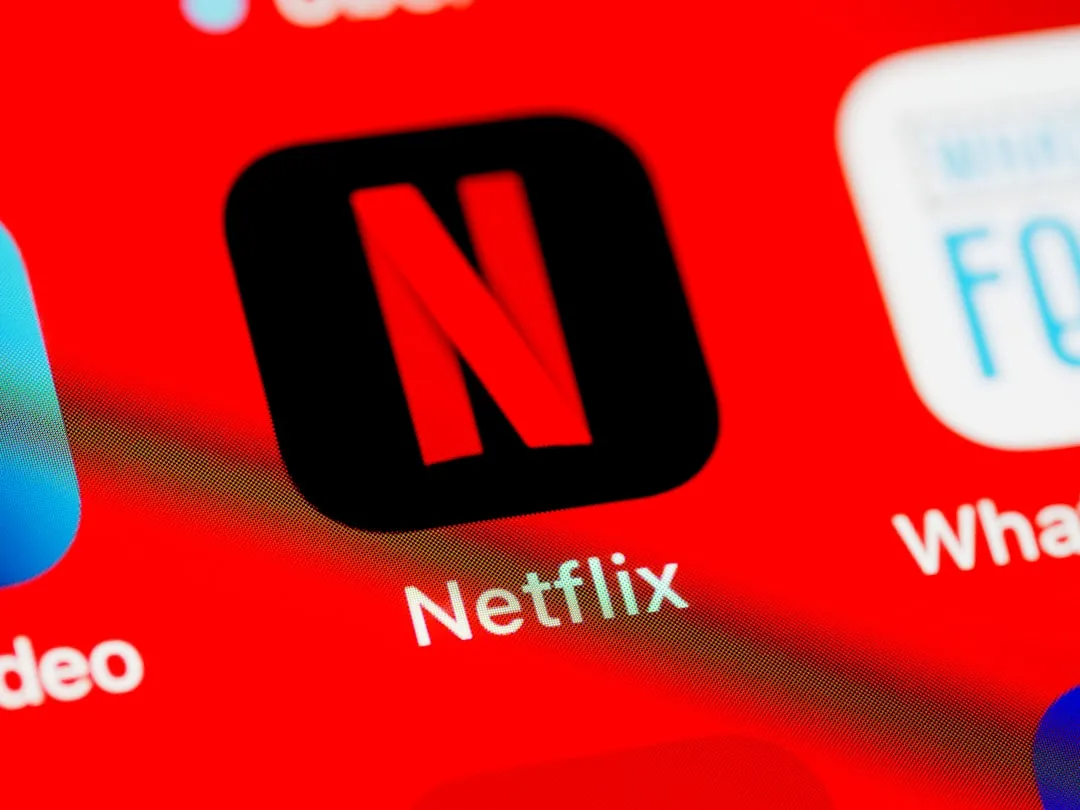
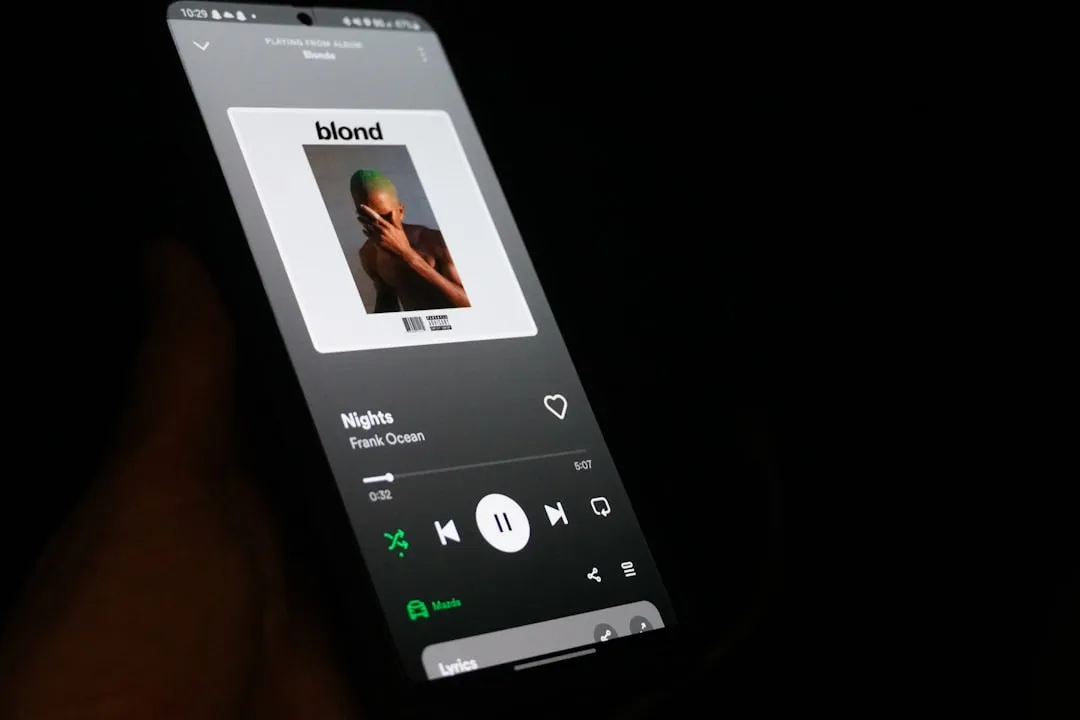
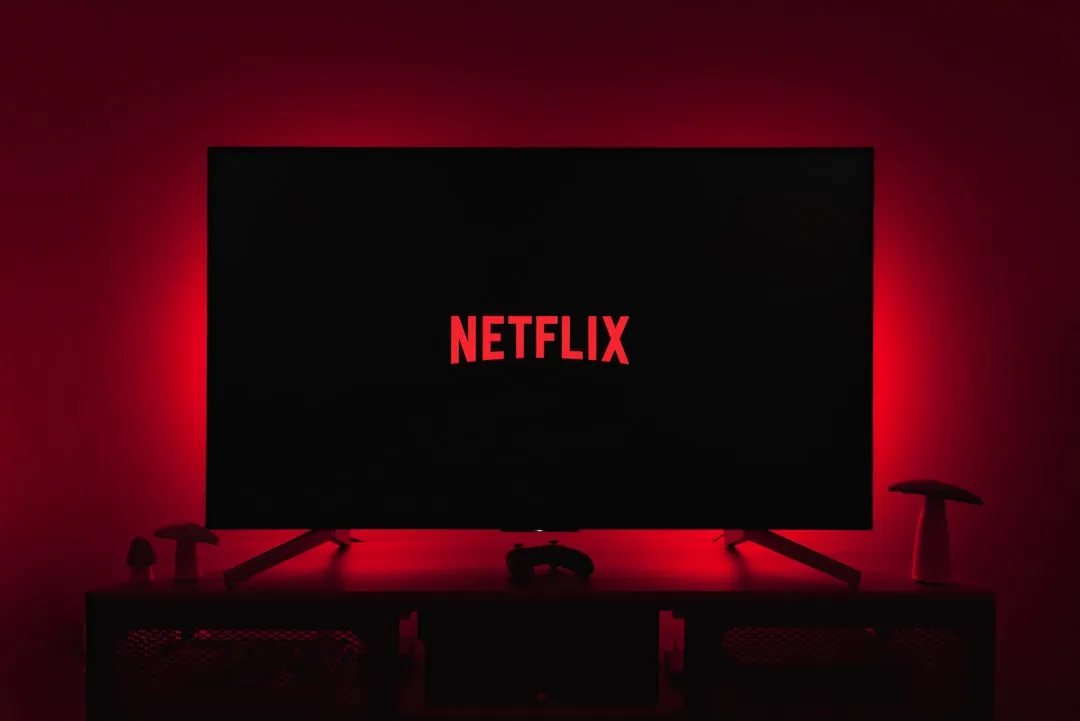
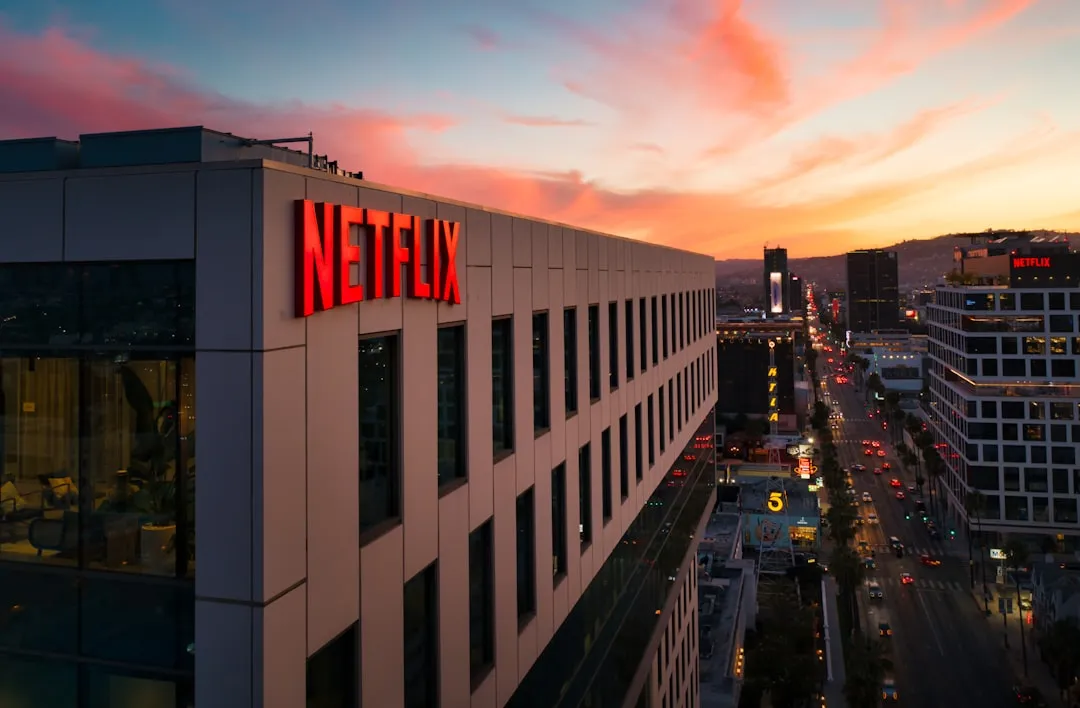

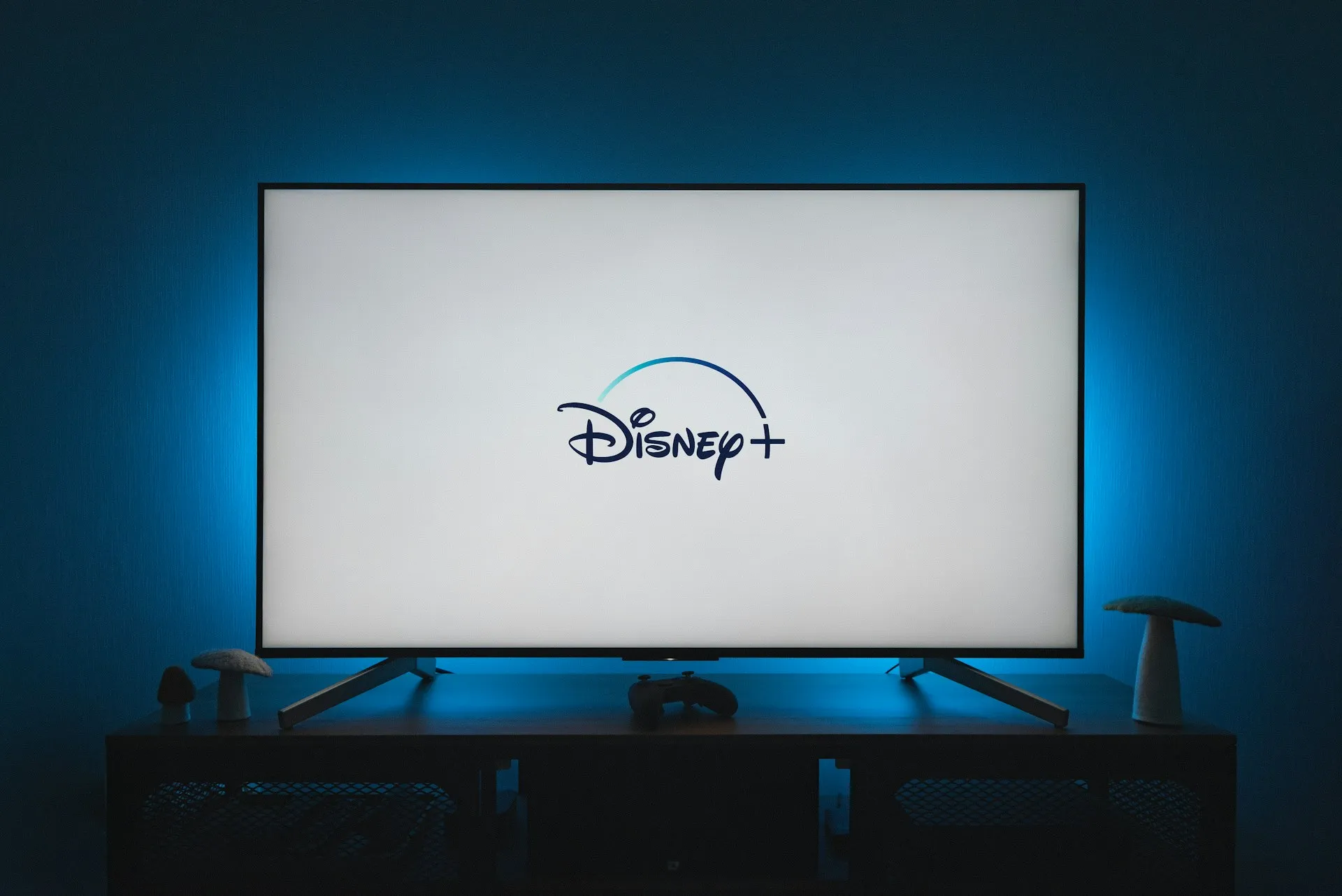






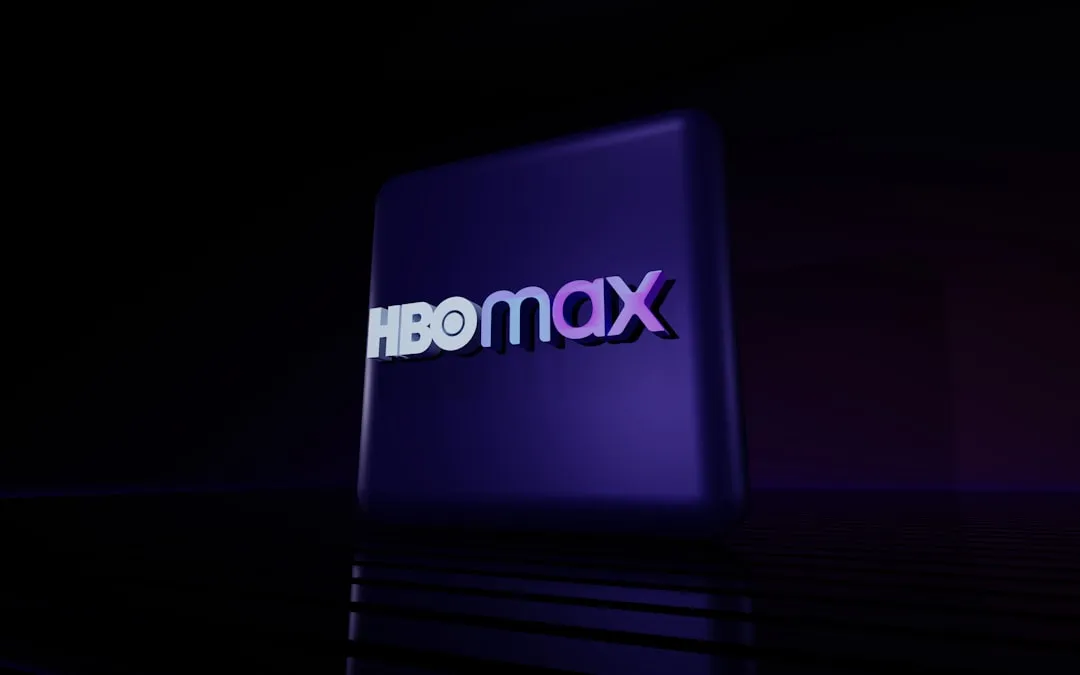




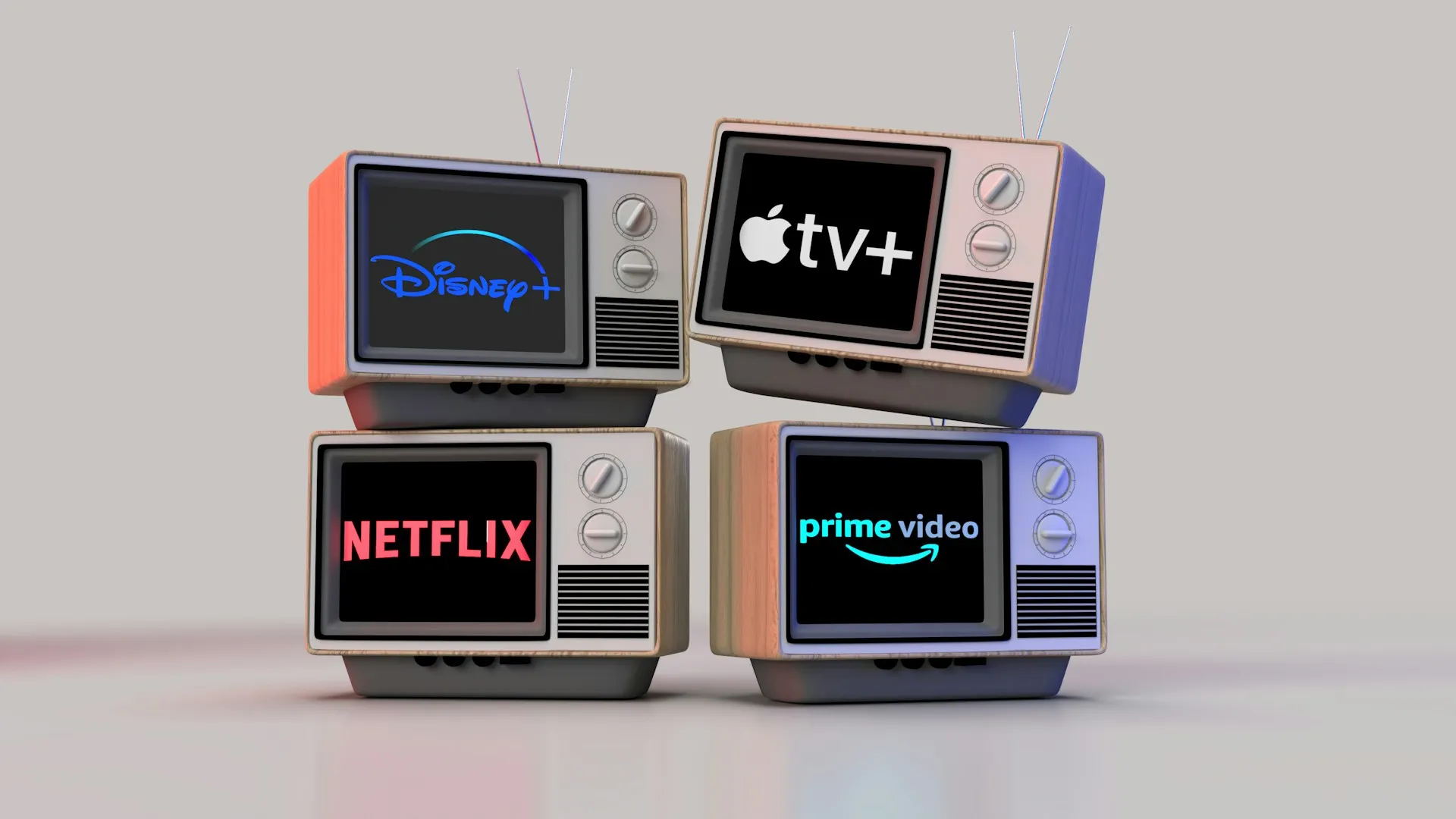
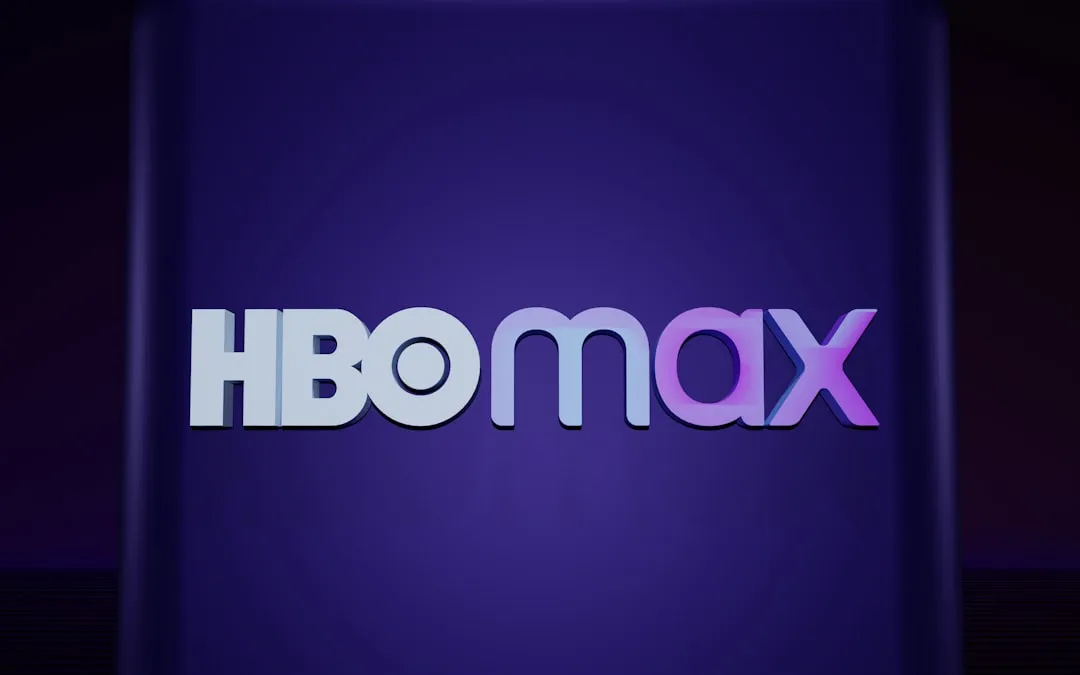


Comments
Be the first, drop a comment!